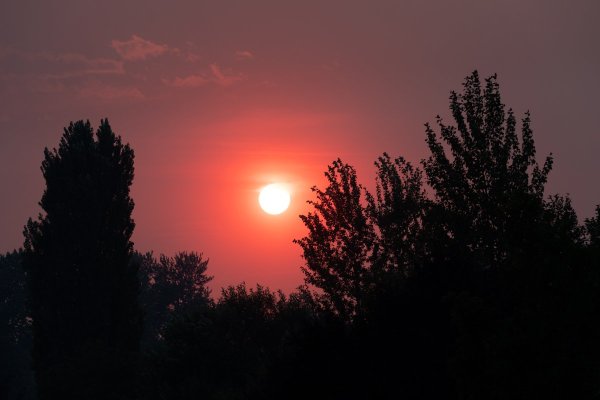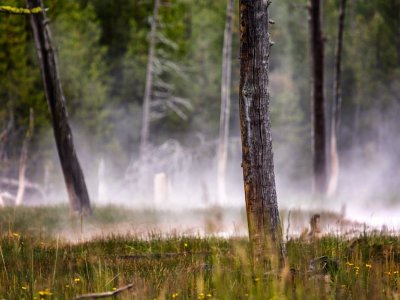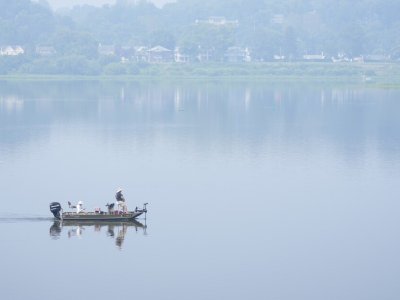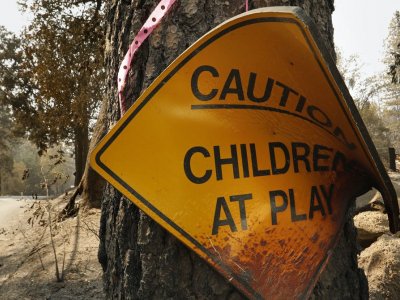The red, orange, and yellow haze draped over our cityscapes and farms these last few days certainly seemed ominous. If one were to imagine a Mad Max-like apocalyptic scene, this might rightly be the backdrop. It doesn’t hurt that the colors match the danger warnings of the Air Quality Index, making us concerned for our families’ health, or that the colors reflect the very flames that fueled these scenes in the first place. It’s natural to be frightened and concerned. Is this our future? Is it the new normal for Eastern landscapes?
Wildfires are a “Western” problem, right? A particular burden for left coasters that partially compensates for the privilege of living in a place with continuously sunny skies and endless fields of almonds and strawberries (massive droughts and water shortages not withstanding)? Don’t we have our own special problems in the East?
If nothing else, the past few days are a wake-up call that we are all connected.
I’ve studied wildfire for decades. At the beginning of my research, our science showed us that fires—even wildfires—are a natural part of some ecosystems. Ecosystems, like those in Yellowstone National Park, actually require fire to regenerate. In fact, Smokey Bear changed his slogan from “Only You Can Prevent Forest Fires” to “Only You Can Prevent Wildfires,” in recognition that fires are a natural part of many ecosystems.
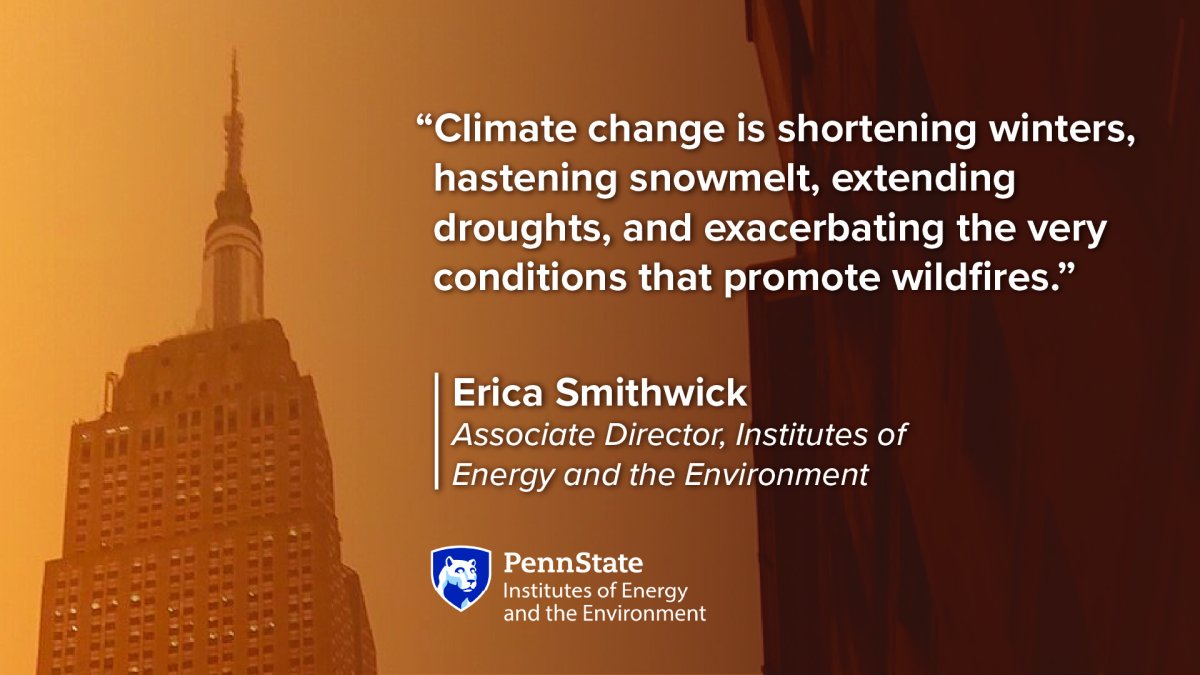
However, more recent work has shown that the tempo and severity of fires are accelerating. The same conditions that caused some of the biggest fires in the West are likely to be more common in the future. In many parts of North America, we’ve excluded cultural burning practices, suppressed fires, and built homes and infrastructure in those very same fire-prone areas. Climate change is shortening winters, hastening snowmelt, extending droughts, and exacerbating the very conditions that promote wildfires.
In general, the wildfire risk is lower in the northeast U.S. because of our generally milder and wetter climate and the fact that the kind of vegetation here is not as conducive to burning as in other areas of the country. Moreover, the climate is predicted to get wetter on average under climate change. On the other hand, while the climate is expected to get wetter, it is also expected to become more variable, and this could lead to not only more floods, but also more droughts and extended dry periods, and this could exacerbate fire risk. Additionally, wildfires can have deleterious impacts in the east because of the large amount of infrastructure in the region, as well as the tight intermingling of human communities within forested systems.
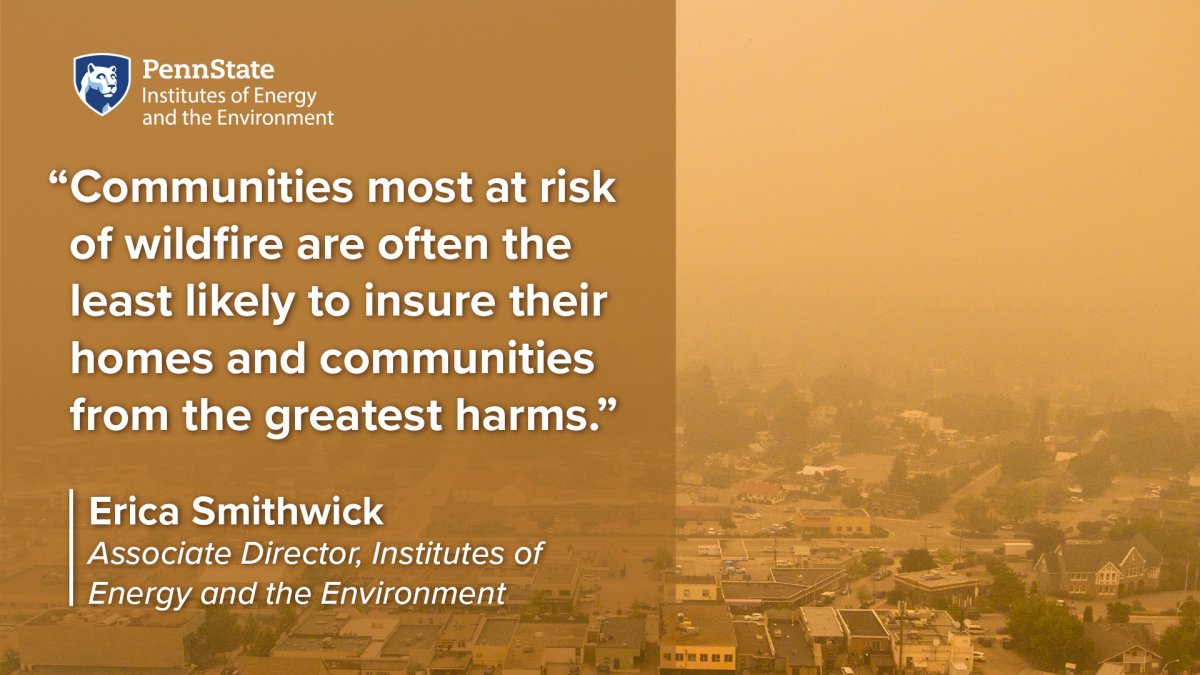
A few years ago, I wrote a short piece about the need to incorporate social costs into wildfire risk mapping. Communities most at risk of wildfire are often the least likely to insure their homes and communities from the greatest harms. Similarly, as we experience the air pollution over New York City, Philadelphia, Washington, D.C., and across the northeast, we must realize that those most likely to suffer the impacts of air pollution are least likely to protect themselves. This includes children, the elderly, immunocompromised individuals, and workers who need to work outside to make a living. Smoke is a climate and environmental justice issue, too. We need more systematic responses that address inequities in our buildings and livelihoods and that support the most vulnerable in society. Ensuring all our schools have better air quality might be a good place to start.
Each year, the U.S. government spends billions of dollars on mitigating wildfires, leaving relatively little to promote proactive land management through prescribed fires. One potentially negative outcome of the current situation is that we forget that our land managers know how to safely put fire on the landscape in ways that minimize smoke exposure, support forest habitats, and mitigate future fire risk proactively. Our recent research in the mid-Atlantic has shown that communities are generally accepting of managed fire to reduce fire hazard and promote healthy forests.
We have the tools to address many of these challenges. We have addressed air pollution problems before. For example, the Montreal Protocol is an example of a successful environmental policy that recognized the fundamental relationship between human health and the environment. In this case, we also know the problems (e.g., fossil fuel emissions, fire exclusion) and we know how to solve them (e.g., limit fossil fuel emissions, promote prescribed and traditional burning practices, and drawdown carbon from the atmosphere).
What can you do? Talk about climate change. Talk about it with your friends, family, and community. Our best hope is understanding the threat, taking it seriously, and acting on the solutions we know will make a difference. Don’t despair. Although the skies are scorched, they will be blue again. Let’s work together to solve this climate crisis.

